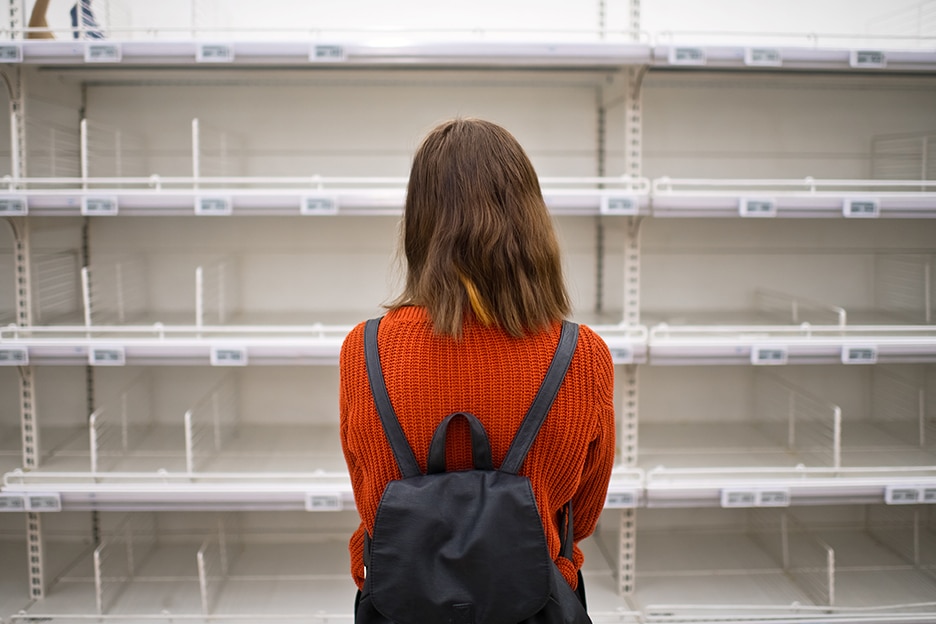Supply Chain Shortage—Here’s Why Grocery Stores Are Running Out of Stock

If you have visited your local grocery stores recently, you might have noticed some products, such as pantry essentials, chicken, canned goods and meat are running low in supply with a lot of display cases and shelves empty. Food retailers are left challenged and baffled as to why the supply chain shortage is becoming a more serious issue. This is particularly true during the holidays and busy seasons when customers are expected to stock up and cook food for family gatherings and celebrations.
The food retail supply chain consists of an interconnected web of functional areas with each having a critical role to play. Like the proverbial “weakest link in the chain”, if one fails, the other areas will be severely impacted. As to the recent supply chain shortages in our local grocery stores, the reasons are more complex than just the low supply of certain goods.
Here are some factors driving the supply chain shortage in retail food businesses that we have witnessed over the past few months:
Global Events
Global events, such as the Covid-19 pandemic and severe winter storms, are just a couple of the events that have undoubtedly strained the economy and hit the food retail industry hard. As a result, food production and processing were temporarily halted, some factories shut down, and workforces were depleted. All of these factors and more have culminated in altering the normal production of food products, resulting in widespread shortages as evidenced by the empty shelves in grocery stores.
Workforce and Logistics Crises
Issues on labor and logistics have arguably been the primary reasons why there is currently a supply chain shortage. Depleted areas of the workforce, such as service workers, seafarers, airline personnel, and truck drivers, have hindered the movement of goods around the world. Plus, logistics issues, such as port closures and congestions, travel restrictions, and some countries enforcing a two-week quarantine of containers on ships have lengthened overall lead times. Cumulatively, this has resulted in a reduced availability of supplies to grocery stores and increases in prices primarily driven by supply and demand along with surcharges on commodity items.
Climate Change
We may not directly feel it, but climate change has a significant effect on our supply chain, especially the food retail sector. Natural disasters and extreme weather events, such as flooding, storms, and wildfires have impacted the production, processing, and movement of goods from one country to the other. As climate change continues to disrupt industries like agriculture, the global food chain is at risk. This could inevitably result in “food insecurity and uncertainty” around the world, most notably in the under-developed countries.
Now that some food items are out of stock and some grocers have put purchase limits on essential products, this supply chain shortage crisis can be gradually alleviated through the joint efforts of food retailers and customers. Food retailers should work with more vendors, strengthen their supply chain strategy, and manage inventory well to ensure efficiency despite the setbacks. Customers, on the other hand, should plan their shopping in advance and be responsible shoppers by being mindful of other customers, particularly on essential products that are low in supply.
The issue of supply chain shortages shows that the food retail industry, together with all other supporting industries that make the supply chain as efficient as possible, is critical and has a direct impact on our daily lives. Be it for food or home essentials, it is important to have a working supply chain. And though we can’t see the future, we can only hope for the best in the next few months to come.